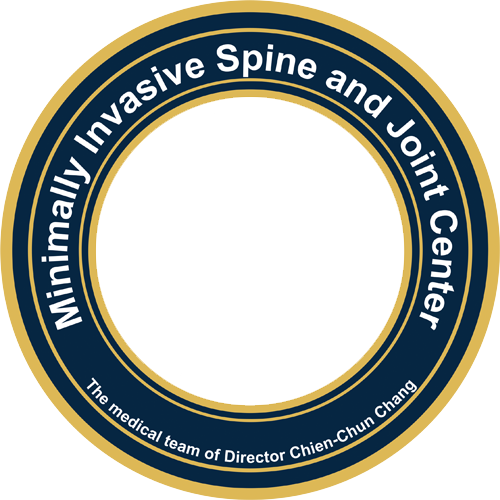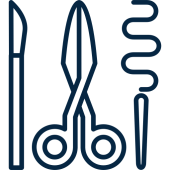- Preserves the integrity of posterior spinal muscles → Enhances spinal stability.
- Avoids damage to spinal bones and facet joints on both sides → Further improves spinal stability.
- Indirect nerve decompression without direct nerve manipulation → Significantly reduces the risk of nerve injury during surgery.
- Substantially reduces intraoperative blood loss.
- Smaller incision, lowering the risk of postoperative infections.
- Greatly alleviates postoperative pain.
- Shortens recovery and hospitalization time significantly.
依據歐盟施行的個人資料保護法,我們致力於保護您的個人資料並提供您對個人資料的掌握。
按一下「全部接受」,代表您允許我們置放 Cookie 來提升您在本網站上的使用體驗、協助我們分析網站效能和使用狀況,以及讓我們投放相關聯的行銷內容。您可以在下方管理 Cookie 設定。 按一下「確認」即代表您同意採用目前的設定。








